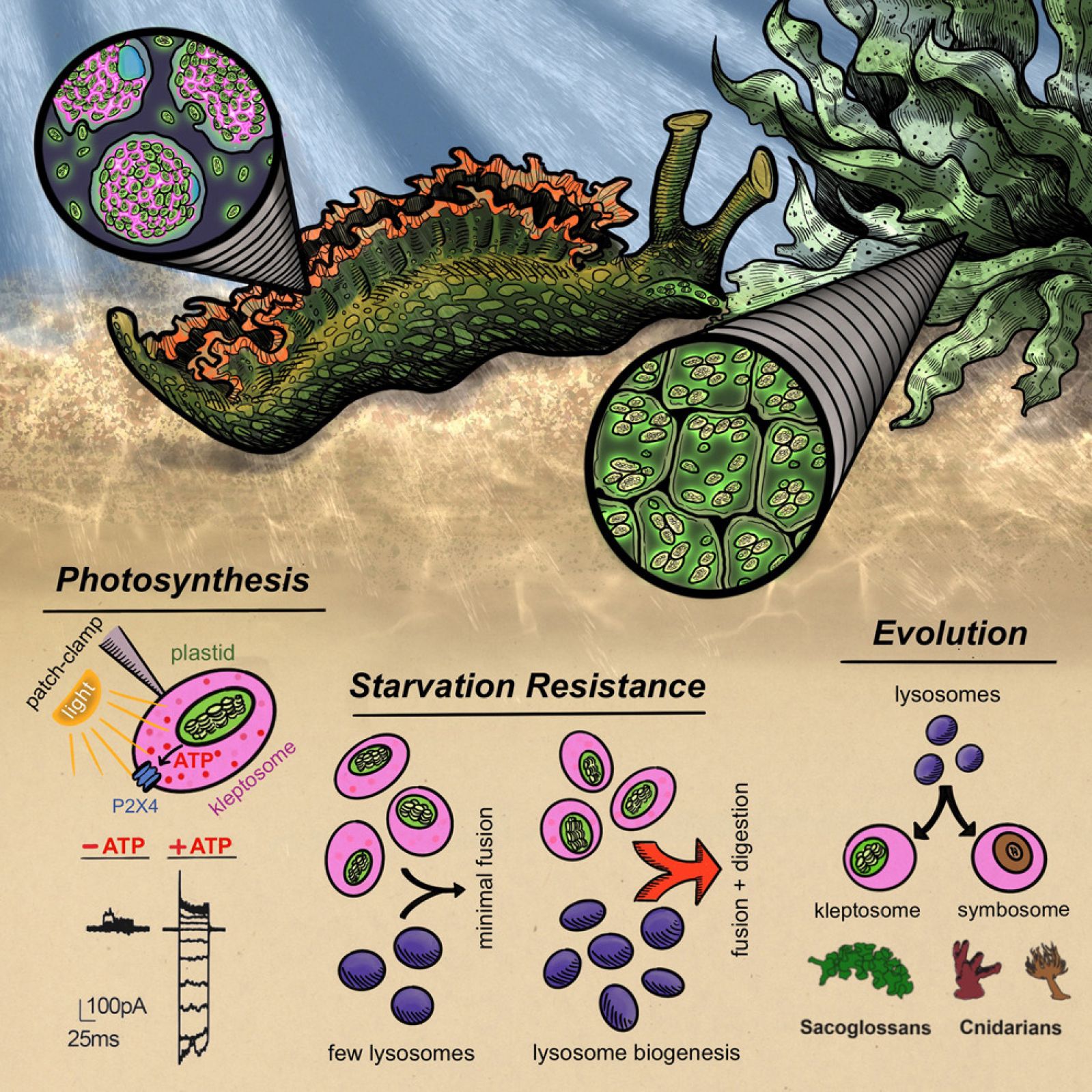Follow us on Google News (click on ☆)
A biological theft with multiple benefits
Sacoglossan slugs ingest algae chloroplasts without digesting them. These organelles, normally meant to be broken down, are diverted to specialized structures. Researchers have named these structures "kleptosomes."
These kleptosomes act as protective shields for the stolen chloroplasts. They maintain their functionality by regulating their internal environment. The slugs can thus benefit from the energy produced by photosynthesis for several months.
During periods of scarcity, the kleptosomes change roles. They become nutrient reserves, gradually digesting the chloroplasts. This mechanism explains why the slugs turn green after a meal, then pale during famines.

A window into species evolution
This process recalls a key event in the history of life: endosymbiosis. Billions of years ago, primitive cells integrated bacteria, giving rise to mitochondria and chloroplasts. The slugs appear to replicate this phenomenon on their own scale.
Unlike classic symbioses, this appropriation is temporary and reversible. Researchers see it as a unique model for studying how organisms can merge their capabilities. This discovery could shed light on similar mechanisms in other species.
Potential applications go beyond fundamental research. Understanding how the slugs regulate these stolen organelles could inspire advances in medicine, particularly for certain lysosomal diseases.
